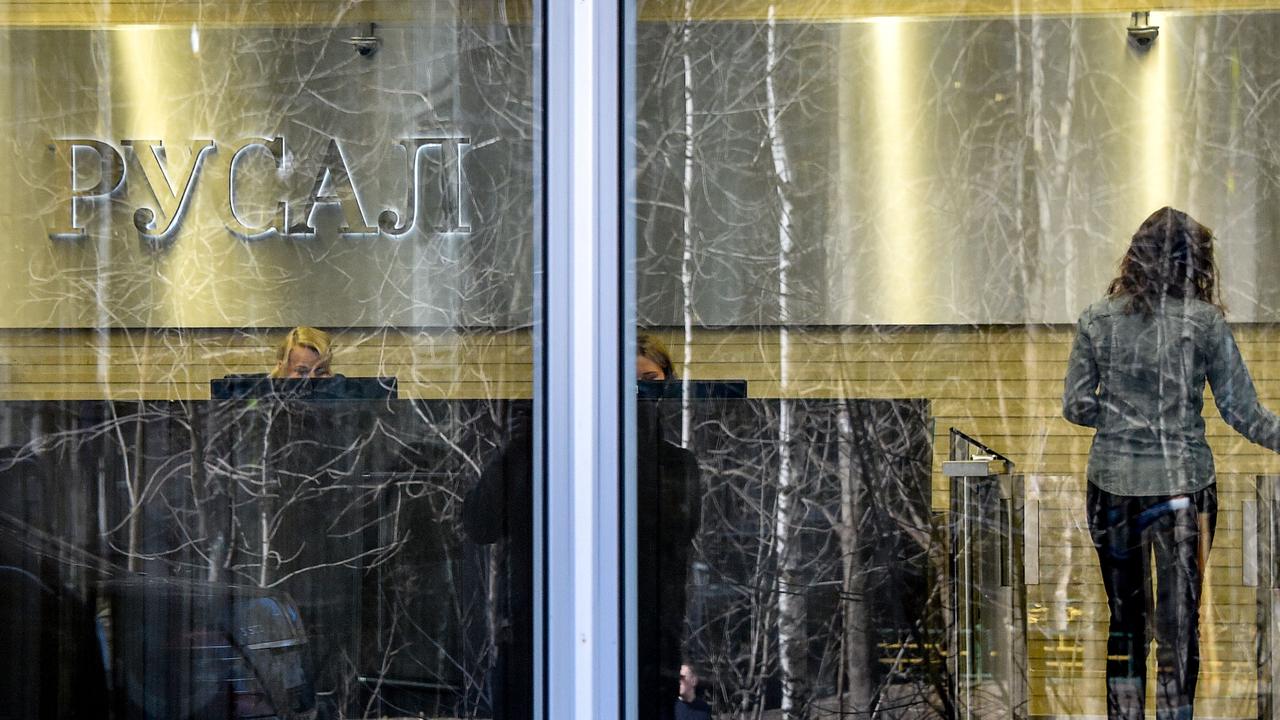There’s no need for Rio Tinto to rush into upping its Oyu Tolgoi exposure
Rio Tinto can afford to bide its time when it comes to lifting its stake in a massive Mongolian copper-gold project.

The speculation in London that sparked a spike in the Canadian-listed Turquoise Hill’s shares — they ended the day 13 per cent higher after soaring 19 per cent earlier on Monday — was that Rio is looking to increase its existing 51 per cent interest in the company but wants to find another investor or group of investors to share the cost.
Turquoise Hill has a 66 per cent interest in Oyu Tolgoi, a massive copper-gold project. The remaining 34 per cent of the mine is owned by the Mongolian Government, so if Rio wants to increase its exposure to the mine it can only do so by increasing its Turquoise Hill shareholding.
Until now, it has suited Rio to keep Turquoise Hill, which has a market capitalisation of about $US6.5 billion, listed and with a large group of minority shareholders because it has enabled it to share both the cost and the risks of the project with third parties.
Nearly $US7bn has already been invested in the open-cut phase of the Oyu Tolgoi project and in the preliminary work associated with the far larger planned underground expansion. The Rio board and the Mongolian Government approved the $US5.3bn underground phase — which represents around 80 per cent of the value of the entire resource — last month.
Last December, after several years of brinkmanship with the Mongolian Government, which tried to extract a greater slice of a project that could account for more than 30 per cent of Mongolia’s GDP, the partners finally locked in a $US4.4bn project financing agreement for the underground development.
Within the very large group of financiers were 15 international banks and five export credit agencies, with Rio constructing a consortium of lenders that was designed to provide political insurance against any future attempts by the government to renegotiate the terms of the partnership.
With the funding in place and the development finally approved, the underground mine is now on a track that will see first production in 2020 and then a slow ramping up of output until it reaches more than 500,000 tonnes of copper a year in 2027.
That lengthy timetable before the mine is producing at capacity means there is no particular urgency for a move on the Turquoise Hill minorities. For Rio the timing would be determined by both its balance sheet capacity and its view of the optimum moment to increase its interest at the lowest possible price.
Rio has significantly de-leveraged its balance sheet in recent years and has been generating positive free cash flows even as commodity prices have tumbled. The abandoning of its progressive dividend policy will give it greater financial flexibility at a time when its board has made it clear that the group is looking to selectively invest counter-cyclically.
The elevation of Rio’s chief executive of copper and coal, Jean-Sébastien Jacques, to chief executive of the entire group from next month and Rio’s own expressed interest — along with most of the other major miners — in expanding its copper interests would put Turquoise Hill firmly on the agenda.
While copper prices remain at depressed levels and there is new supply still entering the market, the rate of supply growth is tapering and there is a belief within the sector that the market will tip into deficit towards the end of this decade.
That’s because the grades from the very big established mines have been steadily falling and will continue to fall, reserves have been depleting and there have been only a handful of new resources developed.
With the intensity of copper usage in developing countries increasing and rising demand in developed economies as growth in the number of hybrid and electric vehicles continues (there’s four times as much copper in an electric car than in a conventional vehicle), the longer-term fundamentals are encouraging.
While Rio does have other big copper options — the Resolution resource in the US and La Granja in Peru — those are complex greenfield projects.
Given Rio’s intimate understanding of Oyu Tolgoi, its existing commitment to its expansion and its conviction that once the underground mine is fully operational it will be at the low end of the cost curve and generating internal rates of return above 20 per cent, an increased exposure to it would appear a lower-risk option at this point in the copper cycle.
It is, however, an option that will, if Rio and BHP’s assessments of the outlook for the copper market and the copper price over the next two or three years hold up, remain available for some time.
Unless he wants to make an immediate statement about Rio’s growth ambitions, which is possible, Jacques doesn’t need to exercise that option the moment Sam Walsh hands over the CEO’s office.




Speculation that Rio Tinto is looking for a partner or partners for a $US3 billion-plus move to take out the minorities in Turquoise Hill may or may not be well-founded. Nevertheless, it is probably only a matter of when, rather than if, Rio increases its exposure to its giant Oyu Tolgoi mine in Mongolia.